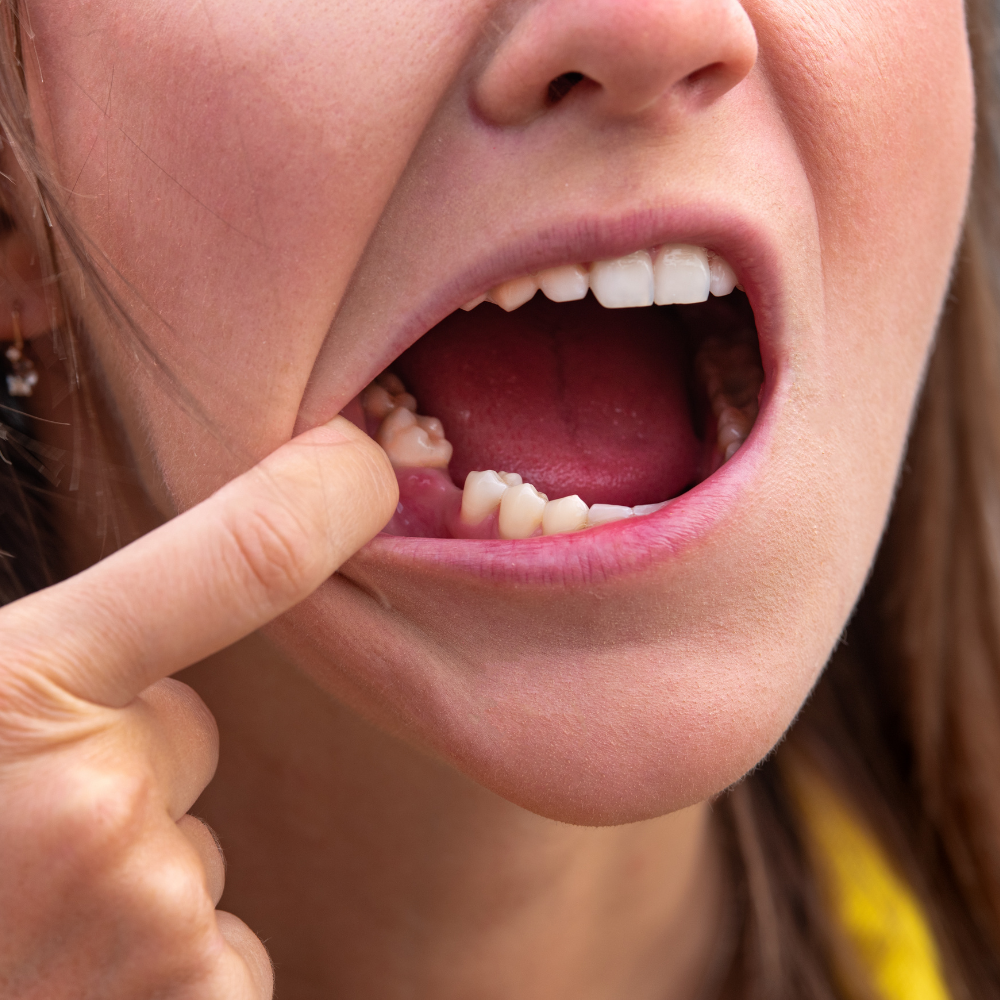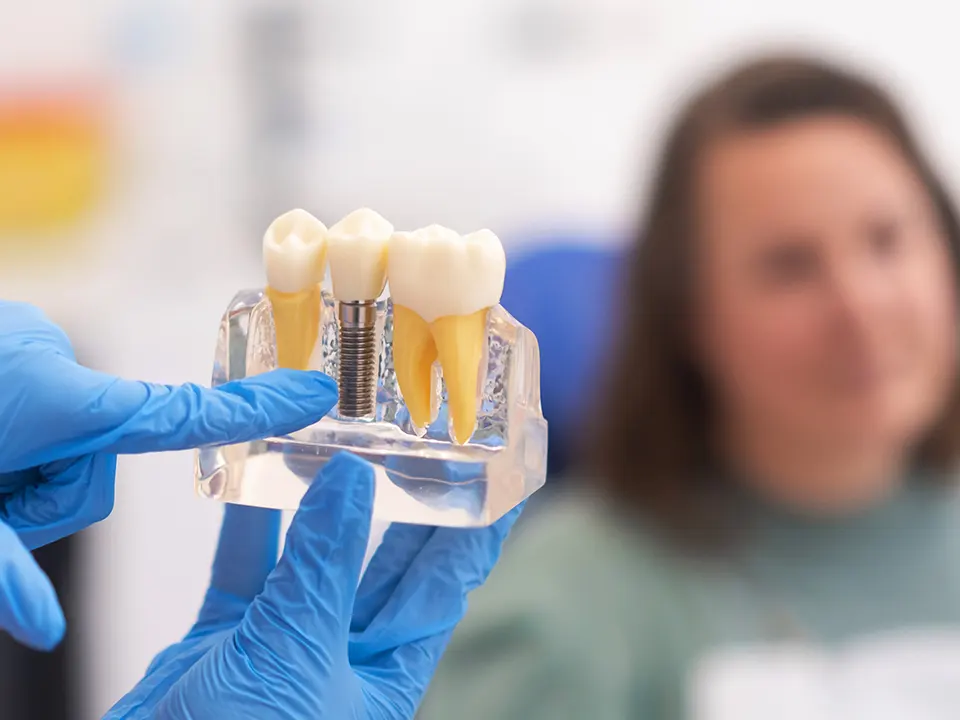
How To Take Care Of Dentures
May 10, 2023
The Importance Of Replacing Missing Teeth | Vernon Dental Office
August 1, 2023The primary purpose of getting an oral cancer screening is to help your dentist detect signs of cancer in your mouth. During this procedure, the lining of your gums, lips, cheeks, tongue, floor, and roof of your mouth will be examined to check for abnormalities or lesions. If your dentist discovers anything suspicious, they will refer you for further testing.
What Is Oral Cancer Screening?
An oral cancer screening is conducted to look for signs of oral cancer, including jaw, mouth, and tongue. The areas that are examined during the procedure include:
- Cheek lining
- Gums
- Lips
- Tongue
- Tonsils
- Roof and floor of your mouth

Why Is It Important To Get A Screening?
Oral cancer is very common and affects multiple people worldwide. It is not very hard to detect oral cancer; that is why regular dental check-ups are essential. Fatality rates are high for oral cancer because of late detection; oral cancer screenings are the best method to find an early diagnosis.
Am I At Risk For Oral Cancer?
A growing number of people diagnosed with oral cancer have none of the common risk factors; however, most people diagnosed have at least one of the risk factors. Therefore, even if you do not have one of the risk factors, it is still essential to visit your dentist to check for oral cancer. Some of the common risk factors include:
- Smoking or tobacco use
- Human papillomavirus (HPV)
- Gender (Males are more susceptible than females)
- Unhealthy diet
- Prolonged sun exposure
- Heavy alcohol use

Symptoms Of Oral Cancer
When a dentist is looking for early detection, they are searching for the following symptoms:
- White or red patches inside the mouth
- Spots that bleed or do not heal
- Lumps or hard spots in the mouth
- Pain or numbness when biting
What To Expect During An Oral Cancer Screening
Multiple screening methods exist to detect oral cancer, including a visual exam, palpation, and oral screening lights and dyes. Your dentist may also take photos of areas that look abnormal to ensure they are monitored. Generally, an oral cancer screening takes less than five minutes.
Visual Exam
During this portion of the exam, your dentist will check for any lesions in your throat and mouth. If they detect red or white patches in your mouth, this could indicate you have leukoplakia or erythroplakia.
Palpation
During this part of the exam, your dentist will use their finger to feel for bumps or lumps on your neck, jaw, or face. While they are feeling these areas, be sure to let them know if something feels sore.
Oral Cancer Screening Light
Your dentist may also use a special light to detect abnormal tissues in your mouth. Before using this tool, you must rinse your mouth with fluorescent mouthwash. The light makes healthy tissues appear dark and unhealthy tissue appear white.
Oral Cancer Screening Dye
Toluidine blue dye can also help your dentist look for signs of oral cancer. Usually, they will coat any lesions found; this allows them to detect which areas are likely to become cancerous.
Oral cancer is very common, and visiting the dentist for regular check-ups is essential. Early detection can occur during these visits, providing more opportunities to solve the problem. Oral cancer screening is a simple procedure that will help ensure overall health. If you are experiencing any symptoms of oral cancer or are due for a regular check-up, visit Regehr Family Dental today!



